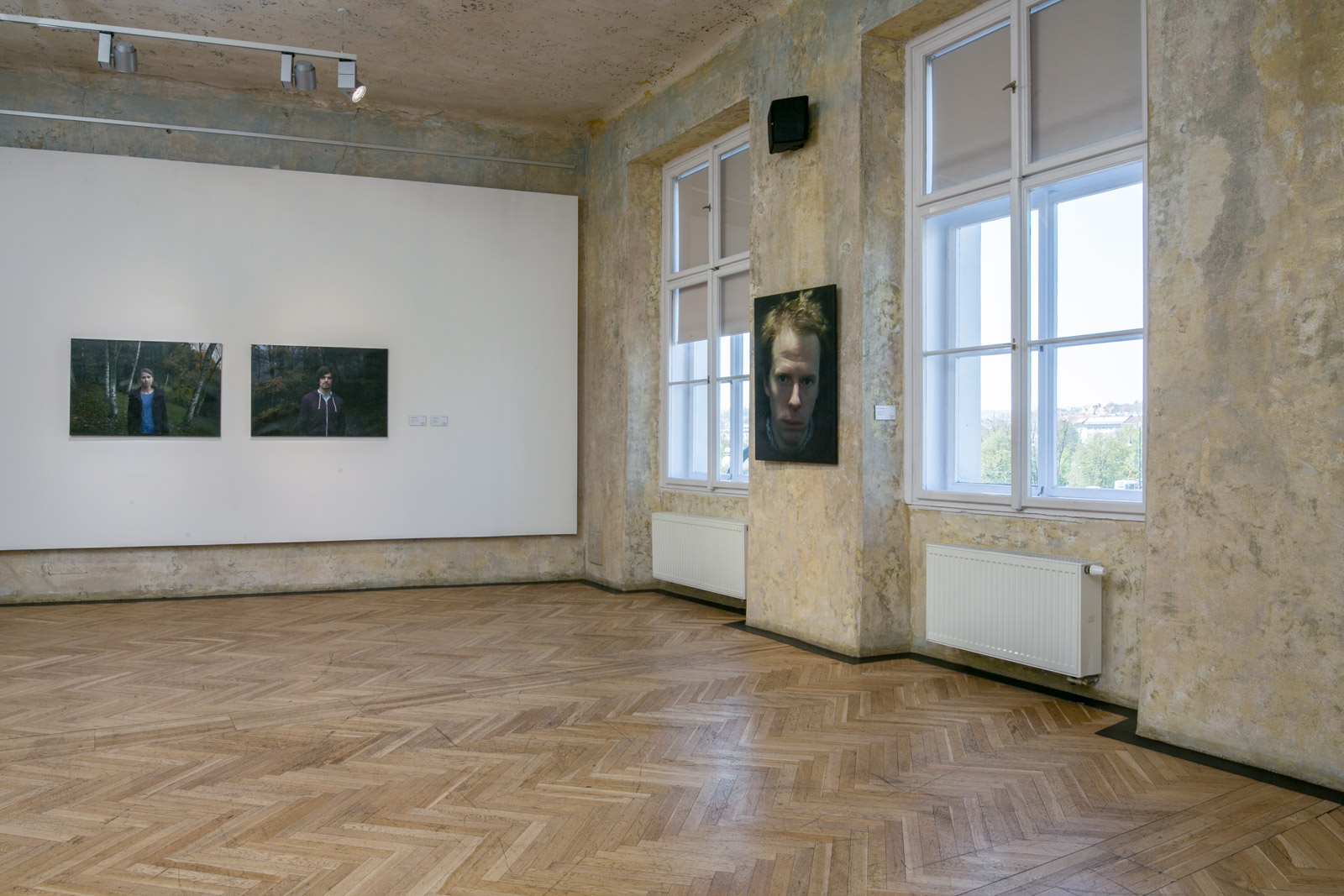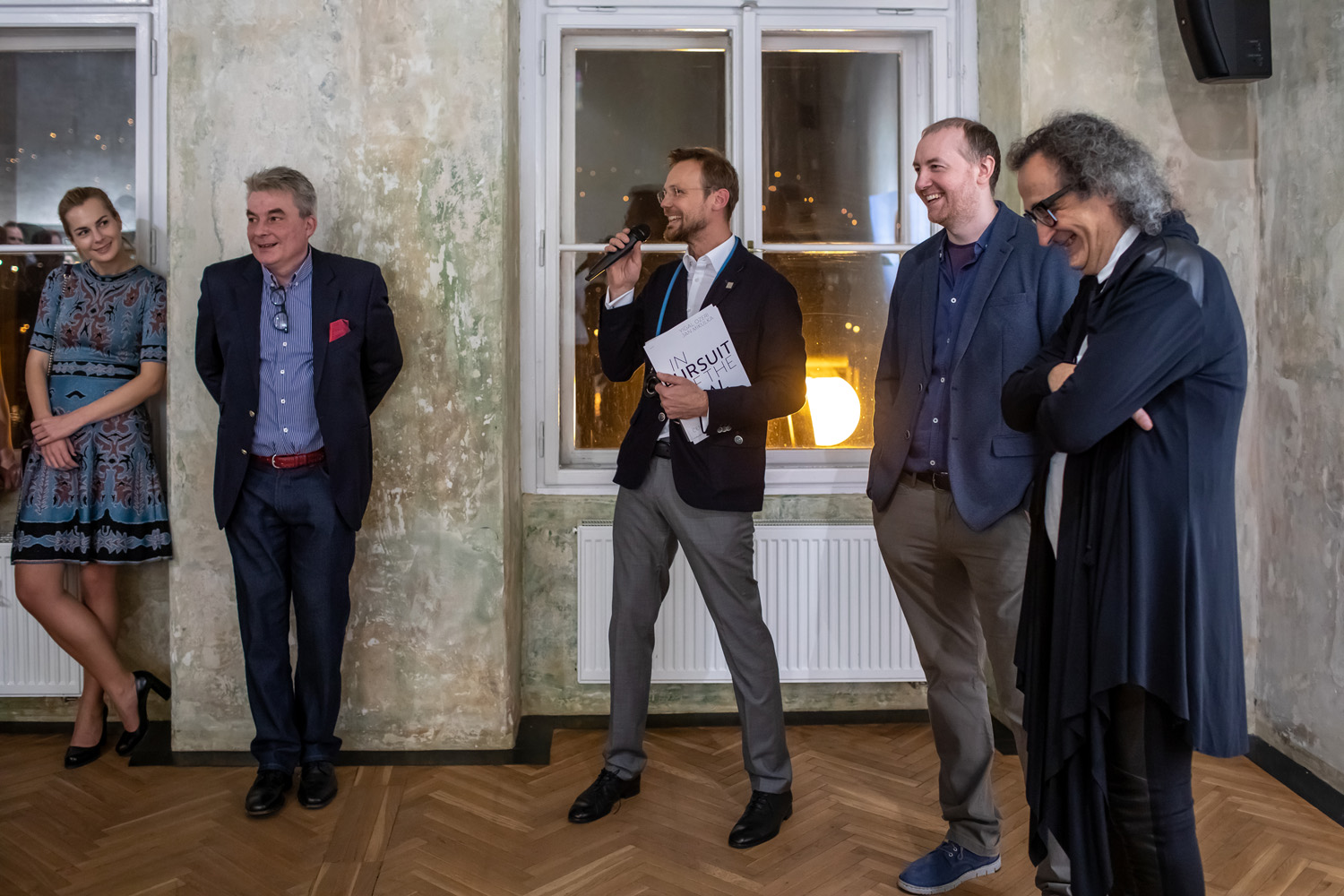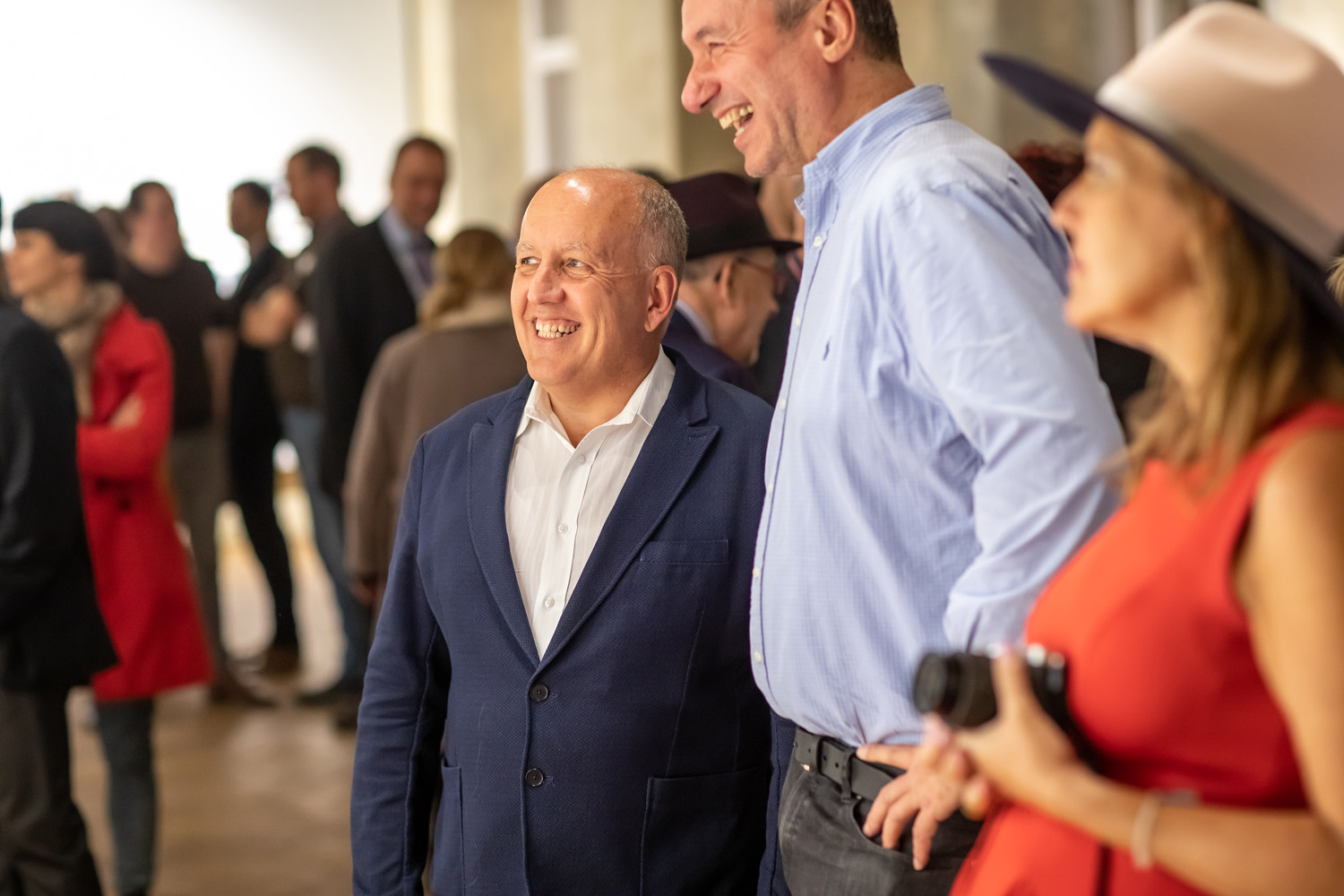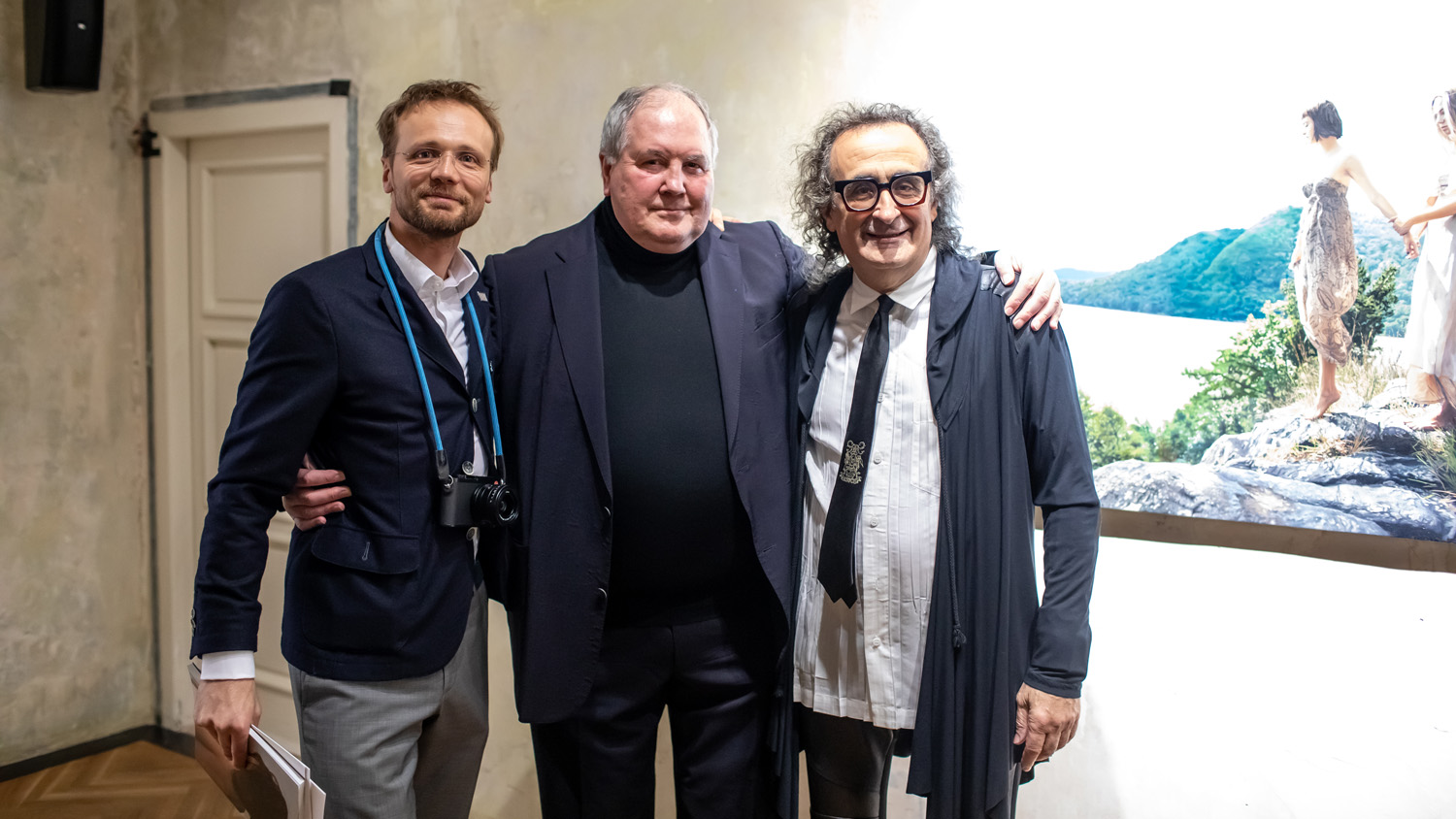In Pursuit of the Real - Yigal Ozeri & Jan Mikulka
22 / 02 / 2019 - 31 / 05 / 2019
Cermak Eisenkraft, Pop Up Gallery Smetanovo nabrezi 4.
Authors: Yigal Ozeri, Jan Mikulka, Tomáš Zapletal and David Železný
Texts for the exhibition: Prof. Mark Gisbourne, Dominique Nahas and Tomáš Zapletal
The Cermak Eisenkraft Gallery, located in the premises of its POP-UP SmetanaQ gallery, continues its series of unique projects and initiates an exhibition of the two painters Yigal Ozeri and Jan Mikulka. The exhibition entitled "In Pursuit of the Real", presents a retrospective of the work of the Jan Mikulka from the 2000s to today and the best series of Yigal Ozeri.
Yigal Ozeri
New York City based Israeli artist Yigal Ozeri is best known for his large-scale cinematic portraits of distinctive young women in rich prodigious landscapes. With tinges of Pre-Raphaelite aesthetics, Ozeri brings an ethereal and uninhibited sensibility to his paintings. His portraits denote art historical foundations in romanticism, while also offering contemporary notions of sensual femininity.
Rooted in Carl Jung's concept of anima, Ozeri's depictions of a revitalized connectivity to nature prompt a confrontation of subconscious effeminate identity, and reinstate the beauty of innocent authentic experience. His photorealistic oil paintings convey the spirit of his subjects, giving way to a seductive power. As a result, the viewer is compelled to gaze into the allegorical domain between reality and fantasy.
Ozeri has shown extensively around the world including solo exhibits in Spain, China, The Netherlands, France, Germany, and Mexico. His work is featured on the cover, and included in the book Photorealism and the Digital Age. He is currently in a traveling Museum show titled 50 Years of Hyperrealistic Painting that was showcased in a number of venues including: Museum Thyssen-Bornemisza in Madrid, and Museo de Bellas Artes in Bilbao. He is also in the permanent collections of: The Whitney Museum of American Art, The McNay Art Museum in San Antonio, The Jewish Museum in New York, The New York Public Library, The Tel Aviv Museum of Art, and the Albertina in Vienna, among others. He is represented by Louis K. Meisel Gallery in New York City.
Jan Mikulka
Jan Mikulka, who studied under Professor Zdenek Beran at the Academy of Fine Arts in Prague, is one of few Czech painters to receive recognition at international competitions and commissions from elite customers in the United Kingdom and Persian Gulf. Mikulka has won repeatedly at the BP National Portrait Awards in London, the most prestigious portrait competition in the world held annually by the National Portrait Gallery. At the exhibition, which artists from around the world apply to join, visitors chose his portrait as their favorite. In addition to this recognition, The Royal Society of Portrait Painters named Mikulka the winner of the 2013 SELF prize at Mall Galleries. Her Majesty The Queen attended the exhibition opening. In 2013 Mikulka was a finalist for the prestigious Threadneedle Prize. Mikulka has won acclaim not only in the United Kingdom, but also in Spain, where he came in second place (of 3, 200 artist) at the Figurativas 15 held by the MEAM Museum in Barcelona in 2015. He is a candidate for membership in the Royal Society Of Portrait Painters, and the founder of the term photorealism. There is now a twelve-month waiting list for new works by the painter, who was once unsure of his future.
Installation view
|
|
|
ESSAY: In Pursuit of the Real (Painting and Percept in the Works of Jan Mikulka) As a painter of realism, the Mikulka essay addresses the distinction between the “real” and reality of things in the world. The psychical state of presence is always real since we are alive. It follows that our inner state consciousness and presence to ourselves is always available and that the primordial real or inner self have no absence. The argument loosely follows the Lacanian model. In order to communicate and convey meaning we have necessarily to use spoken or visual forms representation. In a painting practice that uses realism the representational absence is realised through the imaginary real and the connotative symbolic unconscious stemming from immediate figurative depictions of the reality of things in the world. In the case of Mikulka this argument is foregrounded against ideas that suggest he simply copies the contents photographs, and that his paintings are a form of imitative photorealism. Milkulka’s use of realism for the purposes of representation it is therefore aimed at the subtle aspects that lie hidden in mimesis, not so much copying what is seen but as trying too embody or using Heideggarian term of aletheia “un-conceal” the absent presence and sense of the real. The essay addresses this through the artist’s use of traditional genre, portraiture, still life, depictions of the nude and specific scenes of either personally chosen subject matter or and/or of domestic life. His use of portraiture is discussed in the context of departure from the psychical formation of the mirror stage. It reveals the founding aspect of subjective personal identity formed is that of a portrait or visual identity of the other that is usually our mother. Hence the question of self and other is substantiated and when cast in the context and established gaze of a artist-portrait painter the question of engaged self-fashioning between the viewer and the viewed is discussed, first is relation to self-portraiture, and thereafter in relation to the sitter as the subject self and the object-sitter. It is verified that unlike other genre the viewed object will always necessarily have existed in the world, since portraiture is always implicated in issues of identity and recognition. In still life it is argued that the Mikulka’s perception and use of composition and projected space differs from that of a photograph. The subtle sense of spatial composition and control is perceived as commensurate more with the eye and the sensory stimulus of visual experience rather than as the mechanical registration of the camera. A visual analysis of the space followed to this effect. Still life is placed in context of origin and subsequent mastery as an established autonomous genre in the seventeenth century, and the perceptions of spatial composition is compared and contrasted. Issues of traditional and contemporary modes of still lifes as representations are also discussed. In the nude paintings Mikulka addresses another historical and classical genre established primarily in the modern age by the Renaissance. The “nude’ is contrasted with the concept of the “body’ that has replaced it as a subject in more recent times. The body emphasises the material, while the ideal nudes adheres to classical conventions. The body emphasises interiority and materiality, the ideal nude emphasises exteriority and the linearity of the confined body as subject. Further vindications are provided by art historical references to the traditional genre of painting the nude. An analysis of the Milkulka paintings follows exposing in what ways they are distinct from earlier approaches to the nude as subject matter and whether they allude to symbolic content. The last section deals with the domestic sub-genre scenes painted by Mikulka, images that to a greater and/or lesser extent take on either a personal sense of chosen subject matter that may or may not carry with it issues of psychological projection. The conclusion of the essay is devoted briefly to issues as to in what ways Mikulka has rethought the painter’s relationship to the many complex issues thrown up by realism. The essay is extensively footnoted to reinforce and vindicate the argument points made © Prof. Mark Gisbourne |
|































